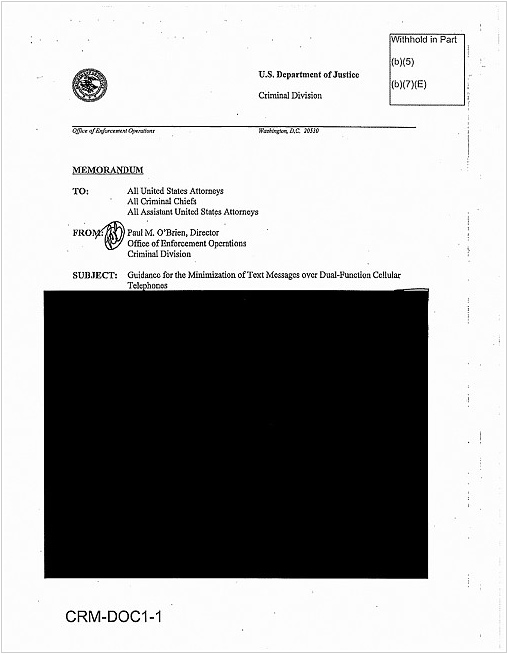

The redaction feature covered in this chapter is a read transformation you can apply to XML and JSON documents. The XML element or JSON property containing the redacted value is usually hidden as well, depending on the semantics of the redaction operation. For details, see Defining a Redaction Dictionary.Ī form of redaction in which the original value is completely hidden. You can define a dictionary using XML or JSON. Redaction dictionaries must be installed in the schemas database. For details, see Using Dictionary-Based Masking.Ī specially formatted collection of values that can be used as a source for dictionary-based masking. For an example, see mask-random.Ī form of random or deterministic masking in which the new value is drawn from a user-defined dictionary. The same input does not result in the same output every time. For an example, see mask-deterministic.Ī form of redaction in which the original value is replaced by a new, random value. The new value may be deterministic or random.Ī form of redaction in which the original value is replaced by a new value, and the same input always yields the same output. The source document is unmodified.Ī form of redaction in which the original value is replaced by a new value. Redacting a document creates an in-memory copy. For details, see Built-in Redaction Function Reference and User-Defined Redaction Functions.Ī database document to which you apply one or more redaction rules. You can also create user-defined redaction functions.

MarkLogic provides several built-in redaction functions. A redaction rule must include a redaction function specification. A rule must be part of a collection before you can use it to redact documents.Ī function used to modify content during redaction. For details, see Installing Redaction Rules.Ī database collection that only includes rule documents. Rule documents must be installed in the schema database and be part of a collection before you can use them to redact content. For details, see Defining Redaction Rules.Ī document containing exactly one redaction rule. You can redact XML and JSON documents.Ī specification of what portion of a document to redact and what function to use to make the modification. The process of modifying a document to obscure or conceal sensitive information. The following terms are used in this chapter: Term Salting Masking Values for Added Security.Example: Using the Built-In Redaction Functions.Example: Getting Started With Redaction.

This chapter covers the following topics:
#Redacted example license#
This chapter describes redaction features you can use when reading a document from the database.Īdvanced Security License option is required when using redaction. For example, you can use redaction to eliminate or mask sensitive personal information such as credit card numbers, phone numbers, or email addresses from documents. Redaction is the process of eliminating or obscuring portions of a document as you read it from the database.


 0 kommentar(er)
0 kommentar(er)
